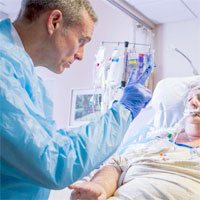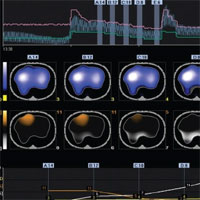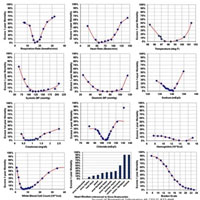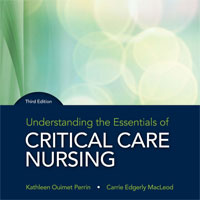Tag: ICU

Prone Positioning Monitored by Electrical Impedance Tomography in Patients with Severe ARDS on VV-ECMO
Prone positioning (PP) during veno-venous ECMO is feasible, but its physiological effects have never been thoroughly evaluated. Our objectives were to describe, through electrical impedance tomography (EIT), the impact of... read more

AKI Epidemiology, Risk factors, and Outcomes in Critically Ill Patients 16-25 Years of Age Treated in an Adult ICU
Using the KDIGO criteria for both serum creatinine and urine output to define acute kidney injury (AKI), 39.8% of patients between the ages of 16–25 met AKI criteria during admission to an adult tertiary care center, indicating... read more

Risk Factors for Septicemia Deaths and Disparities in a Longitudinal US Cohort
In this cohort, the major risk factors for septicemia death were similar to those for other causes of death, there was approximately a 2-fold Black-White disparity in septicemia deaths, and the strongest mediators of this... read more

Best Practice Advisories Improve Sedation Protocol Compliance in the ICU
Best practice advisories can be effectively used in ICUs to improve sedation protocol compliance and may mitigate potential propofol-related hazardous conditions. Best practice advisories should undergo continuous quality... read more

Leading EHR System Adopts Bundle to Prevent ICU Delirium
Seminal studies at Vanderbilt University Medical Center over the past two decades by pulmonary and critical care specialist Wes Ely, M.D. and colleagues have spurred ICU delirium research, and the resulting body of evidence... read more

Frailty Predicts 30-day Mortality in Intensive Care Patients
Premorbid frailty was common in general ICU patients and was an independent predictor of death. Our study suggests that frailty could be a valuable addition in outcome prediction in intensive care. The receiver operating... read more

Effects of a Multimodal Program Including Simulation on Job Strain Among Nurses Working in ICUs
Among ICU nurses, an intervention that included education, role-play, and debriefing resulted in a lower prevalence of job strain at 6 months compared with nurses who did not undergo this program. Further research is... read more

Clinical Decision Support Systems: Future or Present in ICU?
Clinical decision support systems (CDSS) are today, a reality. More complex, useful systems will be developed in the near future, forging CDSS an essential part of ICU monitoring. However, we need to understand the algorithms... read more

Artificial Intelligence or Merely a Symptom of a Broken Healthcare System?
We are constantly hunting for newer and better sources of information. This leads to a perpetual generation of newer lab tests, different hemodynamic gizmos, and fresh decision tools. Some of these pan out. Most don't. Why... read more

PPIs vs. Histamine-2 Receptor Blockers for ICU Stress Ulcer Prophylaxis
ICU patients assigned to proton-pump inhibitors (PPIs) versus histamine-2 receptor blockers (H2RBs) for ulcer prophylaxis had marginally higher 90-day mortality that just missed statistical significance. Significantly fewer... read more

When Exercise Comes to the Hospital’s ICUs
Even short hospital ICU stays can cause lasting problems for patients. Can early mobility and exercise help? Apna Kudchadkar still remembers the morning in 2010 that shaped the trajectory of her scientific research. She... read more

Understanding the Essentials of Critical Care Nursing
Understanding the Essentials of Critical Care Nursing provides novice critical care nurses with a firm foundation so that they are able to understand the complexities of care; deliver safe, effective care; and begin their... read more

Approaches to EOL Decision-making For Patients Affected by Sepsis and ARDS
A Qualitative Study of Patients With Acute Respiratory Distress Syndrome (ARDS) and Sepsis and Their Surrogates. The purpose of this study was to develop hypotheses of patient and surrogate's rationale for decision-making. Patients... read more

Maternal Risk Modeling in Critical Care
Risk prediction models specific to the maternal critical care population was developed. The models compare favorably against general adult ICU risk prediction models in current use within this population. The aim was to... read more








